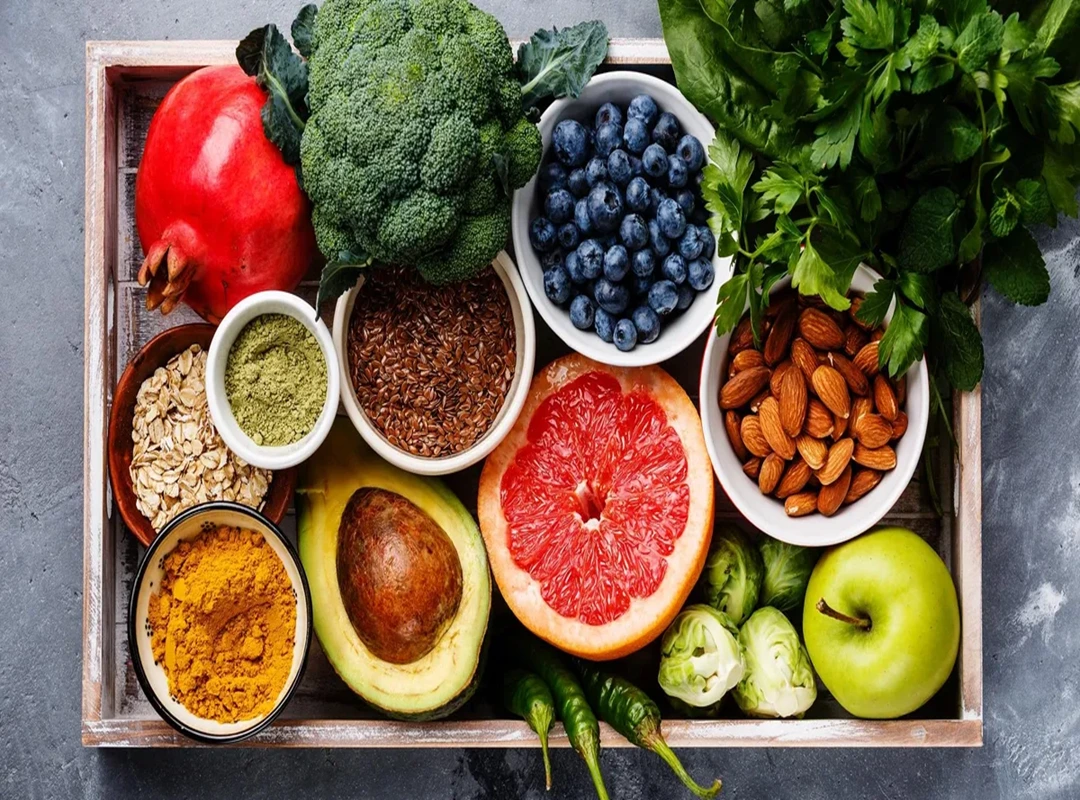Understanding the intricate world of food labels can be a challenging task, but it is an essential aspect of making informed choices about the food we eat and, ultimately, our health. With a myriad of options available in supermarkets today, deciphering labels can help consumers make better decisions and even encourage healthier eating habits. This article aims to shed light on this very topic, empowering readers to become more discerning shoppers.
The Importance of Reading Food Labels
The importance of reading food labels cannot be overstated. They provide valuable insights into the nutritional content and ingredients used in the products we consume. A quick scan of the label can reveal whether a food item aligns with our dietary needs and restrictions, helping us make comparisons between similar products to make more thoughtful selections. For instance, by examining the nutrient content, consumers can identify products that are high in added sugars, saturated fats, or excessive sodium, all of which can negatively impact health when consumed in large quantities.
Key Nutrients to Watch Out For
Trans Fats and Heart Health
Trans fats, for instance, are known to increase the risk of heart disease by elevating LDL (“bad”) cholesterol levels while decreasing HDL (“good”) cholesterol. They are often found in fried foods, baked goods, and snacks, and are a prime example of why checking the nutrition facts and ingredient lists is crucial.
Artificial Sweeteners and Additives
Another aspect to consider is the presence of artificial sweeteners and additives, which may be linked to potential health risks and adverse effects.
Essential Nutrients for a Balanced Diet
However, reading food labels isn’t just about avoiding potentially harmful substances; it’s also about ensuring we get the necessary nutrients our bodies need. For example, checking the label for calcium, vitamin D, and protein content can help individuals meet their daily requirements, especially for those who follow restricted diets or have specific nutritional needs. This is particularly crucial for vegetarians and vegans, who need to ensure they are getting adequate amounts of certain nutrients that may be lacking in a plant-based diet.
Ethical and Environmental Considerations
Production and Processing Methods
In addition to nutritional content, food labels can also provide insights into a product’s production and processing methods, allowing consumers to make ethical and environmentally conscious choices. Many labels now indicate whether a product is organic, non-GMO, locally sourced, or ethically produced, giving shoppers the power to support sustainable and ethical practices with their purchases.
Navigating Marketing Tactics and Ambiguous Language
Interpreting food labels can sometimes be confusing, as manufacturers may use clever marketing tactics or ambiguous language to make their products seem healthier or more natural than they actually are. This underscores the importance of educating consumers on how to read and understand these labels effectively.
Regulatory Bodies and Labeling Standards
Role of Regulatory Bodies
To that end, regulatory bodies play a crucial role in ensuring that manufacturers provide accurate and transparent information on their labels. In the United States, the Food and Drug Administration (FDA) is responsible for setting standards and regulating food labeling to protect consumers from false or misleading claims. Their guidelines dictate what information must be included on labels, such as the Nutrition Facts panel and ingredient lists, ensuring that consumers have access to crucial information.
Food Labels: A Piece of the Health Puzzle
It’s important to remember that food labels are just one piece of the puzzle. While they provide valuable insights, they shouldn’t be the sole determinant of our food choices. It’s also essential to consider other factors, such as taste preferences, cultural traditions, and the overall balance of our diets. After all, a healthy relationship with food encompasses more than just the nutritional content of what we eat.
Empowering Healthier Choices
Understanding food labels is a powerful tool for consumers, enabling them to make well-informed choices about the food they eat and, ultimately, their health. By taking the time to read and interpret these labels, shoppers can become more conscious of the nutritional content, ingredients, and production methods of the products they buy. This knowledge can then be used to support healthier eating habits and even broader lifestyle choices, such as reducing environmental impact or supporting ethical farming practices.
Remember, the key is to approach food labels with curiosity and a critical eye, using them as a guide rather than a rigid set of rules. By doing so, we can navigate the complex world of food choices with confidence and make informed decisions that benefit our health and well-being.


